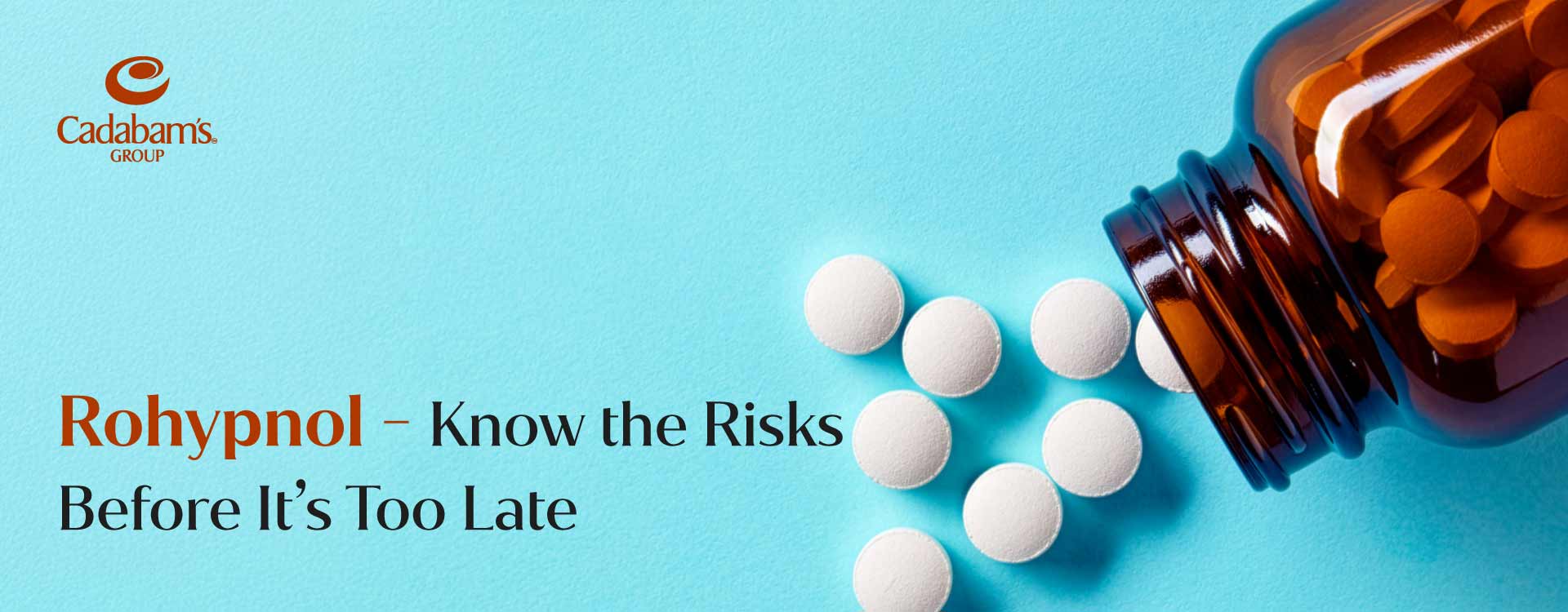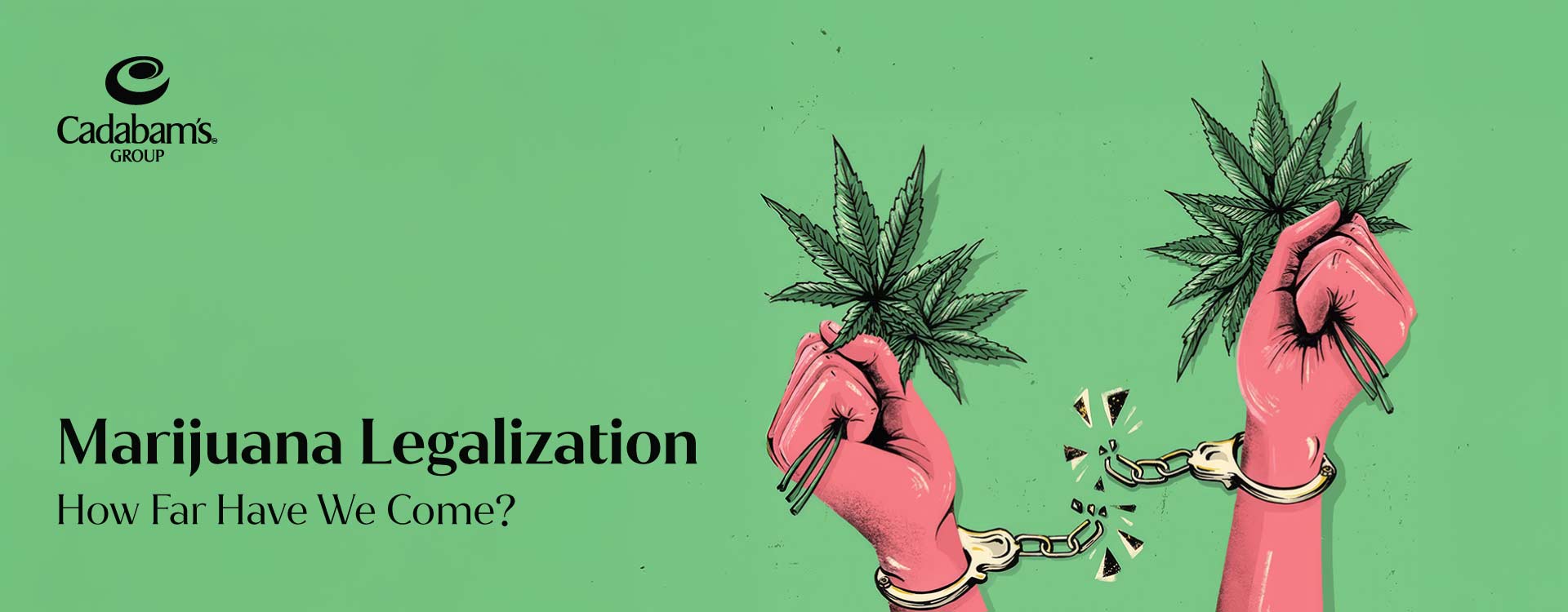Drug abuse and drug addiction are frequently used terms, each with its distinct features and implications. In this article, we will delineate the clear distinctions between these two concepts, explore their defining characteristics, and provide guidance on their identification.
Common Misconceptions: Drug Abuse and Addiction
Before we begin, here are a few things to keep in mind that should set the general tone with which you should read the article:
- Drug addiction is not solely about physical dependence.
Drug abuse is not any less severe than addiction.
All drug abusers do not eventually become addicts. - Drug addiction does not only involve illegal substances.
- Addiction is not a moral failing.
- Addiction can affect anyone.
What Is Drug Use?
Drug use involves the consumption of various substances, whether they are legally or illicitly obtained, for various purposes. This practice encompasses taking drugs as prescribed by a healthcare professional for legitimate medical conditions and also using them recreationally or non-medically.
Understanding Drug Abuse
Essentially, drug abuse is the misuse of legal or illicit substances in ways that are harmful to one's physical and mental health. It involves taking drugs in excessive amounts or using them for non-medical purposes, often leading to addiction and negative consequences.
Key Characteristics of Drug Abuse
Drug abuse encompasses several defining traits: the misuse of legal or illegal substances, surpassing prescribed dosages, employing drugs for non-medical purposes, and pursuing them for the sake of attaining a euphoric sensation. Those who engage in drug abuse frequently disregard their obligations, social connections, and personal well-being. This conduct often involves engaging in perilous activities, ultimately leading to physical and mental harm.
Reasons for Drug Abuse
The causes of drug abuse are multifaceted. People often resort to substance misuse to escape from life's challenges, cope with stress, or seek pleasure and relaxation. Peer pressure and a desire to fit in can also drive drug abuse. Mental health issues, such as depression or anxiety, may lead individuals to self-medicate with drugs. Moreover, genetic factors can contribute to a vulnerability to addiction.
Physical and Behavioral Signs of Drug Abuse
Here are the physical and behavioral signs that you could look out for:
Physical Signs of Drug Abuse:
1. Dilated or constricted pupils
2. Bloodshot eyes
3. Changes in weight
4. Poor coordination
5. Slurred speech
6. Nausea and vomiting
7. Frequent nosebleeds
8. Needle marks or track lines (for injection drug use)
Behavioral Signs of Drug Abuse:
1. Loss of interest in hobbies or activities
2. Withdrawal from social interactions
3. Erratic or aggressive behavior
4. Neglect of responsibilities at work, school, or home
5. Secretive or deceptive behavior
6. Financial difficulties or unusual money-related issues
7. Frequent drug-seeking behaviors
8. Relationship problems and conflicts with family and friends
Difference between drug use and drug abuse
Drug use entails the consumption of substances, whether legally or illicitly, for medicinal, recreational, or experimental reasons. It can involve responsible, controlled usage.
Conversely, drug abuse transpires when an individual employs substances excessively, harmfully, or in unauthorized manners, resulting in adverse outcomes. This can lead to addiction, detriment to physical and mental health, strained relationships, and disruptions in daily life. The distinction between drug use and abuse is often blurred when consumption becomes uncontrolled, deleterious, and detrimental to both the individual's well-being and society.
What is Drug Addiction?
Drug addiction, clinically referred to as substance use disorder, is a persistent and compulsive condition marked by an individual's incapacity to regulate drug consumption, even when it results in harmful repercussions. It encompasses physical, psychological, and behavioral dimensions, fostering an overwhelming desire for the substance and rendering quitting a challenging task.
The Science Behind Addiction
The scientific understanding of addiction is intricate and revolves around the brain's reward system. Drug use triggers the release of dopamine, a neurotransmitter linked to pleasure and reward, in the brain. Over time, this can result in structural and functional changes in the brain, making it challenging for individuals to find joy in normal activities. This sets off a cycle of seeking the drug to experience pleasure. In addition to genetics and mental health, environmental factors contribute to addiction. A comprehensive grasp of the neurobiology of addiction is vital for devising effective approaches to prevention and treatment.
Physical and Behavioral Signs of Drug Addiction
Physical Signs of Drug Addiction:
1. Strong cravings for the substance
2. Distressing withdrawal symptoms during cessation
3. Feeling disoriented without the substance
4. Deteriorating health
5. Changes in appetite and appearance
Behavioral Signs of Drug Addiction:
1. Irritability, anger, and frustration when unable to use
2. Giving up enjoyable activities for drug use
3. Spending excessive time and money on drugs
4. Denying addiction despite concerns
5. Escalating drug consumption
6. Strained relationships
7. Changes in behavior and personality
8. Legal and financial complications
9. Struggles with work or school obligations
10. Associating with other drug users
The Difference Between Drug Abuse and Drug Addiction
The distinction between drug addiction and drug abuse lies in the ease of cessation. Drug addiction is marked by an insatiable compulsion for drugs despite adverse consequences. Individuals battling addiction often struggle to quit without professional intervention. Conversely, drug abuse allows one to halt drug consumption. However, it's crucial to recognize that abuse can escalate into addiction when drug use becomes more frequent and in larger doses. It's worth noting that drug abuse can occur independently of addiction. The Diagnostic and Statistical Manual of Mental Disorders, Fifth Edition (DSM-5), categorizes addiction as a mental health condition termed substance use disorder, combining abuse and dependence while delineating different criteria for assessing the severity of drug abuse versus addiction.
Helping Loved Ones: Intervention and Treatment
Supporting a loved one through addiction is undoubtedly challenging, yet adopting the right approach can significantly ease the process. Start by planning a well-organized intervention to address the issue. Subsequently, assist them in selecting suitable treatment, taking into account the addiction's severity. Overcoming addiction is rarely feasible without external aid, making rehabilitation a highly recommended step in the recovery journey.
Organizing an Effective Intervention
Organizing an effective intervention for someone with drug addiction involves careful planning and communication. Begin by assembling a team of concerned family members and friends who can constructively express their feelings and concerns. Seek guidance from a professional interventionist to ensure the process is well-structured and safe. Before the intervention, research suitable treatment options so that, if your loved one agrees to seek help, you can immediately facilitate their entry into a rehab program. Approach the intervention with love, understanding, and a focus on solutions rather than blame.
Choosing the Right Treatment: Inpatient vs. Outpatient
Selecting the appropriate treatment, whether inpatient or outpatient, depends on the severity of the addiction and the individual's needs. Inpatient treatment provides a highly structured, 24/7 environment suitable for severe addiction cases, with medical and emotional support. Outpatient treatment is more flexible and allows individuals to maintain daily responsibilities while attending therapy sessions. For those with mild to moderate addiction, outpatient care may suffice. Consulting a healthcare professional or addiction specialist is crucial for determining the best option based on the person's circumstances.
Overcome the Drugs Abuse and Drug addiction with Cadabams
If you're facing challenges in finding the right mental healthcare professional, your search ends with Cadabams. With 31 years of expertise in the realm of mental health and rehabilitation, we provide top-tier care, guidance, and treatment for drug addiction. Our experienced team will support you or your loved one at every stage of the journey, ensuring comprehensive and compassionate care throughout.
FAQ
1. What is the difference between abuse and misuse?
Abuse involves using a substance excessively, recklessly, or inappropriately, often leading to negative consequences. Misuse refers to using a substance in a way other than prescribed or for a different purpose, potentially resulting in unintended side effects or harm.
2. How does addiction work in the brain?
Addiction alters brain function, affecting the reward system. Drugs or behaviors trigger the release of dopamine, creating a pleasurable sensation. Over time, the brain adapts, leading to tolerance and dependency, where more of the substance or behavior is needed to achieve the same pleasurable effect.
3. What is the meaning of drug and drug addiction?
A drug is a substance that alters the body's function when introduced. Drug addiction is a chronic condition characterized by compulsive drug seeking and use, despite harmful consequences, often due to changes in the brain's reward system.
4. What is drug use and abuse?
Drug use refers to taking a substance as intended, often for medical reasons. Drug abuse involves using a drug inappropriately for non-medical purposes, leading to physical, psychological, or social harm.
.webp)







